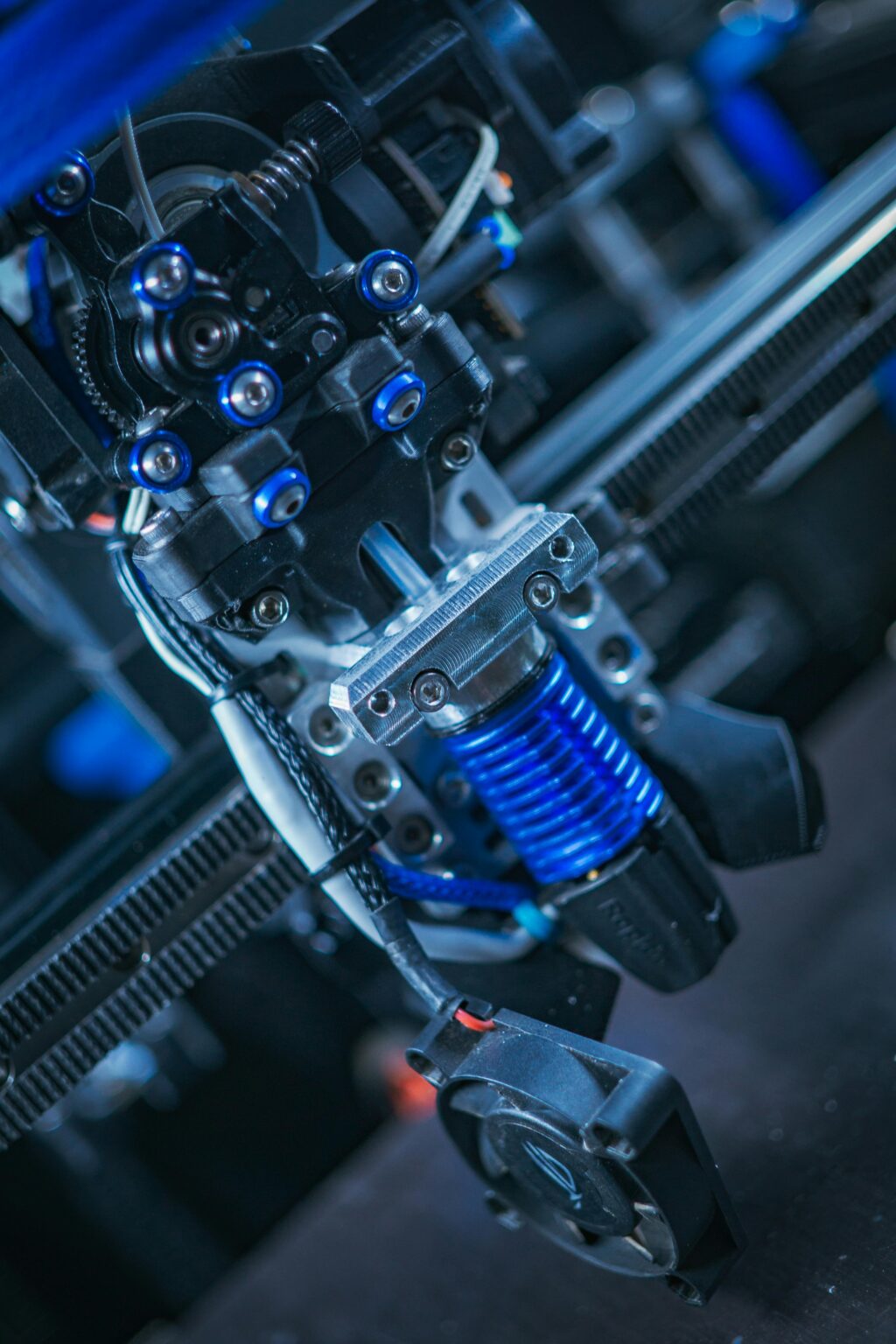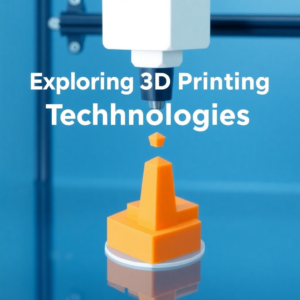What Can We Expect from 3D Printing for the Rest of 2024?

Explore the key developments expected in 3D printing for the remainder of 2024, including innovations in materials, faster production methods, and industry growth.
3D Printing for the Rest of 2024
The year 2024 has already seen significant advancements in 3D printing across various sectors, but more exciting developments are expected for the rest of the year. From breakthroughs in new materials to further integration of automation and AI, the 3D printing industry is set to continue its upward trajectory. This article explores what we can expect from 3D printing in the final months of 2024.
1. Breakthroughs in 3D Printing Materials
One of the key areas where 3D printing is set to advance this year is in the development of new materials. Manufacturers are experimenting with high-performance polymers, ceramics, and metal composites to expand the range of applications. These materials will allow industries like automotive, aerospace, and healthcare to produce more durable and functional parts.
Furthermore, 2024 has already seen an increased focus on sustainable materials. By the end of the year, we can expect more widespread use of recycled filaments and biodegradable composites, aligning with global sustainability goals. Companies are investing in eco-friendly solutions to minimize the carbon footprint of 3D printing
2. Faster, More Efficient 3D Printing Processes
Another trend expected to accelerate in 2024 is the adoption of faster printing technologies. One of the key challenges in 3D printing has been the time it takes to produce high-quality parts. However, recent advancements in high-speed printing methods are reducing this limitation. Techniques like continuous liquid interface production (CLIP) and microwave-based sintering have already shown potential to significantly cut production times while maintaining high precision
These advancements are particularly beneficial for industries that require rapid prototyping or on-demand production, such as medical devices and consumer goods.
3. Expanded Use of Automation and AI
In the second half of 2024, we can expect to see increased integration of artificial intelligence (AI) and automation in 3D printing processes. AI will help streamline the design and manufacturing phases by automating routine tasks, optimizing designs, and detecting potential errors before they occur.
This will lead to higher levels of efficiency and reliability, particularly in industrial-scale production. The combination of AI with 3D printing could also pave the way for predictive maintenance, ensuring machines run smoothly with minimal downtime
4. Growth in Industrial and Commercial Applications
2024 has seen a surge in the use of 3D printing in industrial-scale applications, and this trend is set to continue. Key industries such as aerospace, automotive, and construction are investing heavily in additive manufacturing to streamline production processes and reduce costs. Hybrid manufacturing, which combines 3D printing with traditional methods, is also gaining traction, allowing companies to produce complex parts that were previously impossible to manufacture.
As the cost of high-end industrial 3D printers continues to decrease, more companies are likely to adopt the technology for mass production by the year’s end
5. Customized Manufacturing on the Rise
Customization remains one of the standout benefits of 3D printing, and its adoption is only expected to increase in 2024. From personalized medical devices like implants and prosthetics to tailored consumer products, 3D printing is making it easier for manufacturers to meet specific customer needs.
In the fashion and footwear industries, 3D printing is being used to create custom-fit shoes and accessories, a trend that will likely gain more attention in the coming months. Luxury brands and startups alike are exploring how they can offer bespoke items on-demand using this versatile technology
6. Increased Adoption in Healthcare
3D printing has already proven itself in healthcare, particularly in medical implants, prosthetics, and bioprinting of tissues. In the remaining months of 2024, we are likely to see more customized healthcare solutions emerge, including advancements in bioprinted organs for transplants and tailored surgical tools.
Hospitals and medical centers are increasingly incorporating point-of-care 3D printing to produce patient-specific devices, reducing lead times and improving patient outcomes
As we move towards the end of 2024, 3D printing is expected to continue its rapid growth, driven by innovations in materials, AI integration, and faster printing technologies. Whether it’s through expanding industrial applications or offering more sustainable solutions, 3D printing is set to transform industries like healthcare, aerospace, and consumer goods. These advancements will not only improve efficiency but also open new doors for customization, sustainability, and innovation across the board.
For further reading on 3D printing trends, visit 3D Printing Industry and continue exploring our website where you can find projects that you can do at https://master3dp.com/category/uses-of-3d-printing/



